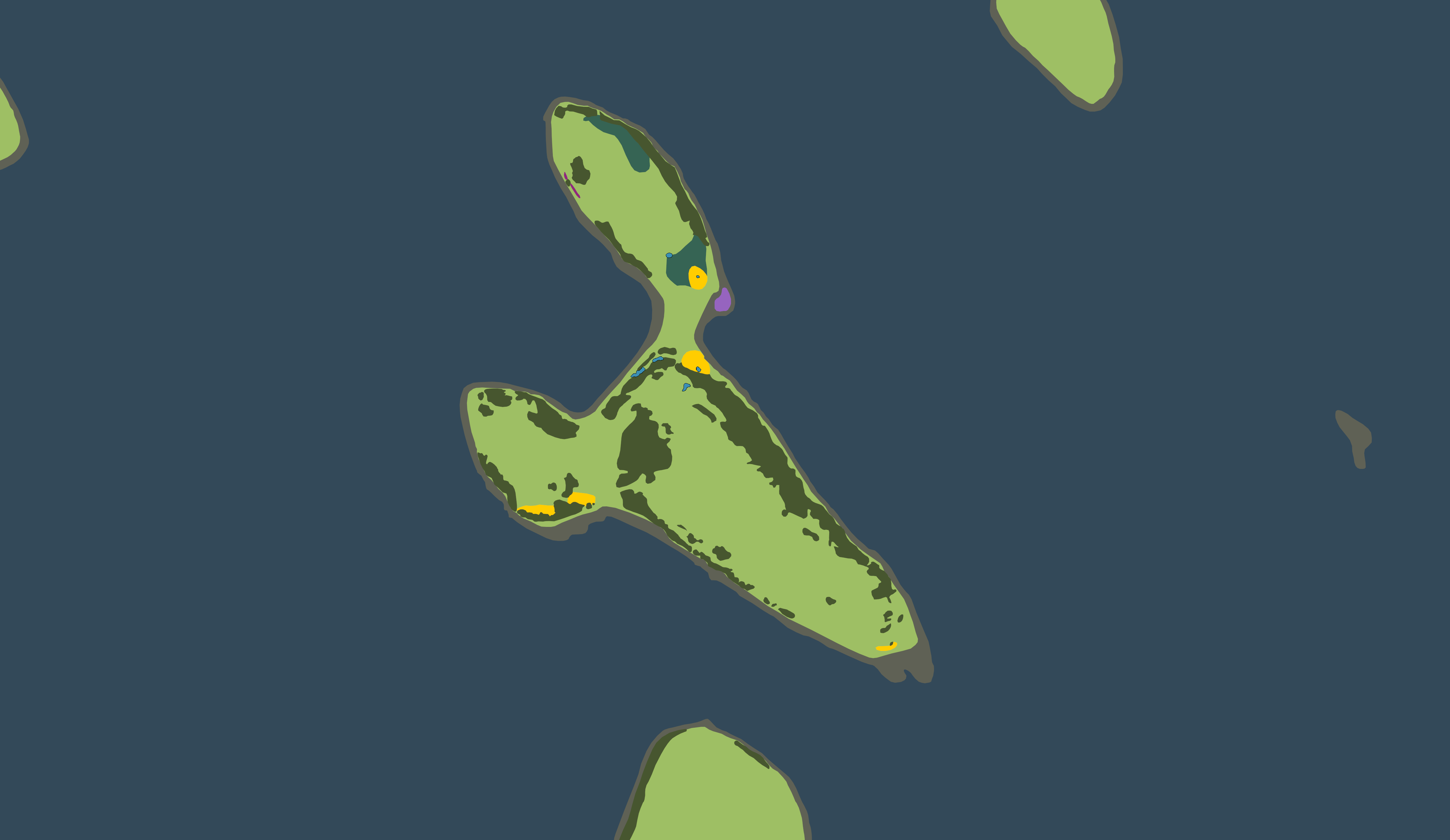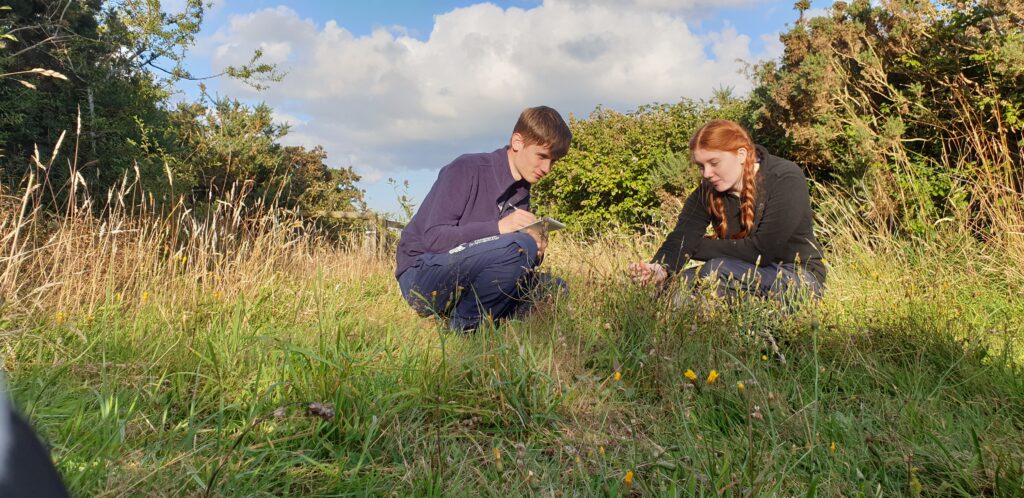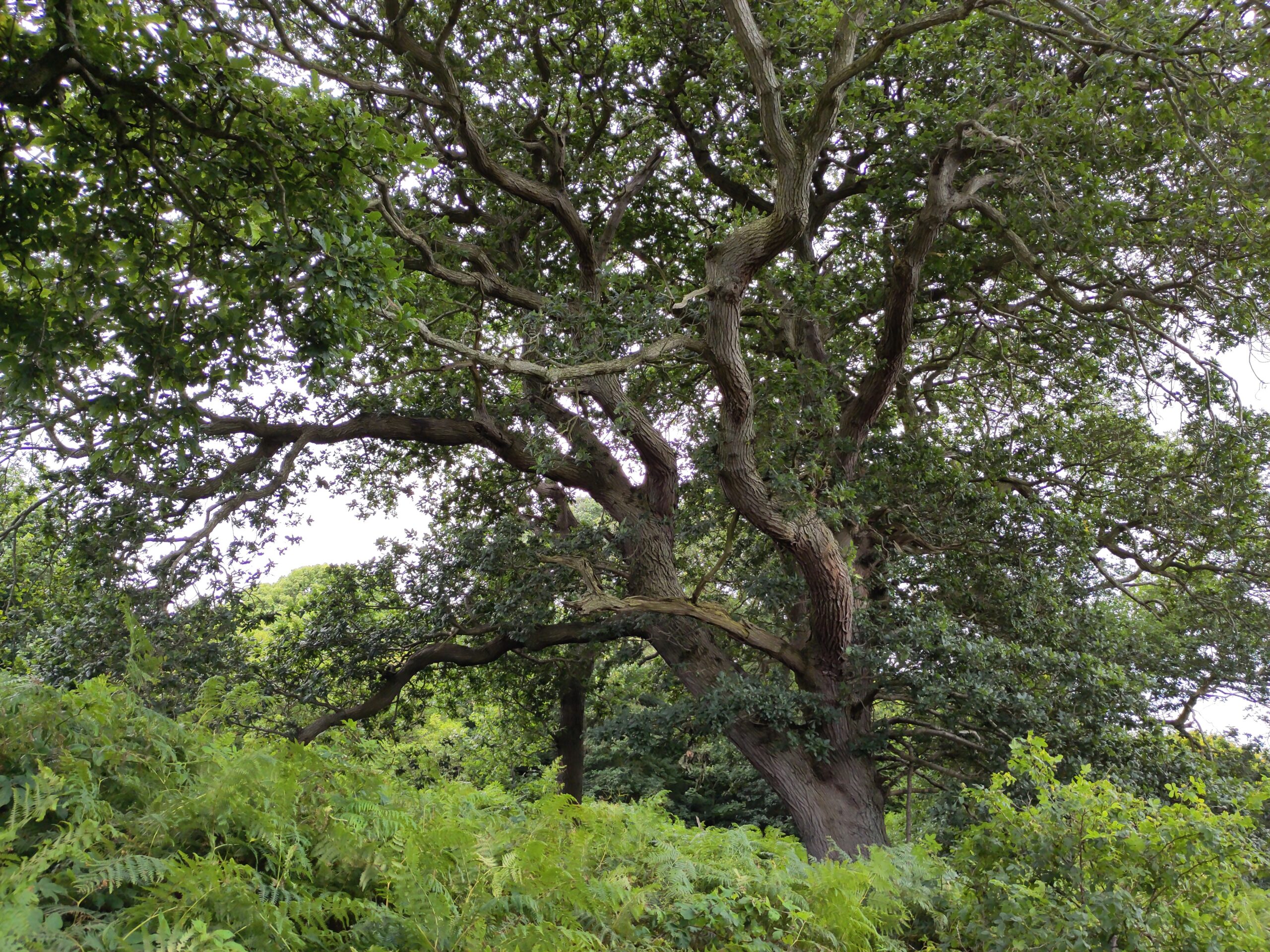Since 2022 I have been recording the flora of some islands in Strangford Lough. I received a Plant Study Grant from the BSBI to work on this in the Summer of 2022 but as it turned out I had committed to a much bigger project than I first thought! I recently submitted my records and can now finally say I have finished my first large recording project. I am now hoping to write it up properly after I graduate (i.e. this summer). Here’s the story so far:

One island, Darragh, is a particular gem. Seeing locally uncommon plants like Dactylorhiza fuchsii (Common Spotted Orchid), Odontites vernus (Red Bartsia) and Linum catharticum (Fairy Flax) inspired me to study the flora of these islands in more detail. I decided to apply for a BSBI Plant Study Grant to allow me to spend part of the summer surveying some of the islands, recording the plants and NVC plant communities that were present.

So, I spent a lot of my summer kayaking out and walking all over each island, recording everything I could find and doing a fair share of quadrats too! It was exhausting and amazing. In the end I visited eleven of the twelve islands I had set out to survey, with a scary bull stopping me from visiting the last one. A twelfth island I visited in its place turned out to have unrecorded ancient woodland and rich grassland! I saw seals and curlew and eyebrights and orchids, and by the end I knew the islands like the back of my hand.

I learnt so much during this project. A comprehensive survey challenged me to tackle many groups like grasses, sedges, rushes and St-John’s-Worts that I had not bothered with before. I have begun to understand how environmental conditions affect the composition of plant communities. I recorded some plants that were new to the hectad (which to be fair is more than half covered by the sea!) and found areas of species-rich grassland that were not well-documented. I am very pleased that I took this challenge on as it has made me a far better botanist and fieldworker.

I am planning to use the data I collected to investigate which factors have contributed to the differences between the islands. The most obvious one is size, and I was very pleased and surprised by the strength of the trend when I plotted the classic “log-log graph”. This graph also hints at other factors – what makes an island like Darragh richer than would be expected for its size?

One thing I’ve definitely learnt is that a bigger sample size would really help with this analysis. I don’t think I’ll ever stop visiting the islands on the lough, so hopefully the patterns will reveal themselves in time. Understanding how species colonisation and extinction works in grasslands that are fragmented like this, whether by sea or by agricultural improvement, can contribute to our understanding of conservation. I hope that these islands will be valued for their rich habitats and can act as refugia from which grassland restoration in Down can take inspiration and seeds!

Leave a Reply